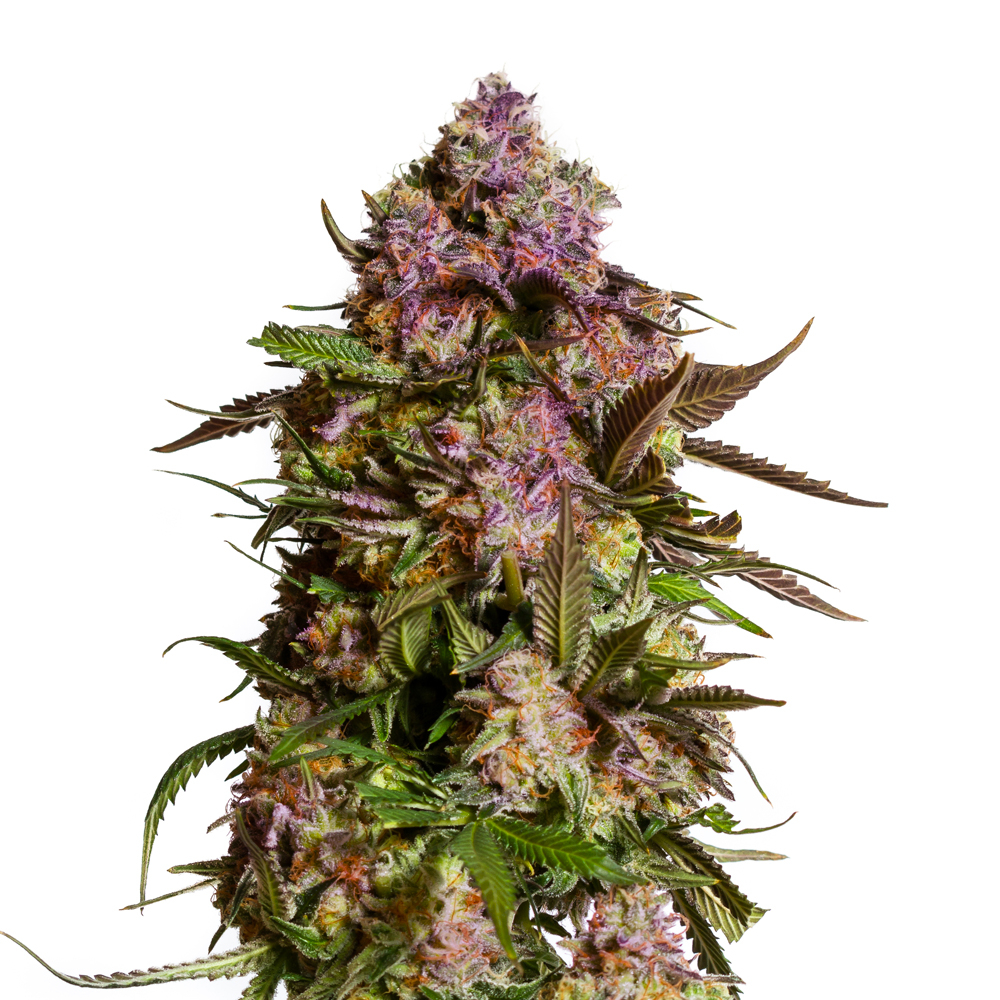Step-by-Step Instructions
If your New Year’s resolution, was to grow your own, marijuana this year, it’s time to unleash your green thumbs and embark on an exciting journey. Growing cannabis doesn’t have to be daunting or intimidating, especially for beginners. You don’t need a massive grow room or a hefty budget to get started. Many novices prefer to begin with a single plant to test their gardening skills and see if they have a knack for it. In this comprehensive guide, we will explore the advantages of growing your own, cannabis, provide step-by-step instructions on how to grow a single plant, and offer valuable tips to ensure a successful harvest.
Advantages of Growing your, own Cannabis:
There are numerous benefits to growing your own, cannabis rather than purchasing it from dispensaries or dealers. By cultivating your own, plant, you gain complete control over its cultivation process. You will know precisely what you are smoking and how the plant has been treated. This knowledge eliminates concerns about chemical residues or the overall quality of the product. Additionally, the satisfaction derived from consuming self-grown buds cannot be replicated with store-bought ones. Let’s dive into the process of growing a single cannabis plant.
Step 1: Preparing the Grow Space and Equipment:
Growing a single marijuana plant indoors requires minimal space. An empty closet, cabinet, or small grow tent will suffice. Before germinating the cannabis seed, it’s essential to prepare the grow space and ensure you have all the necessary equipment. The equipment includes:
- Light: Select a full-spectrum light, preferably an HID (High-Intensity Discharge) bulb. These bulbs are readily available in hardware stores and provide adequate lighting for your plant’s growth.
- Light Socket and Timer: Install an appropriate light socket and a timer to regulate the light cycle.
- Fan: Place a fan in the grow room to improve air circulation and provide the plant with the necessary CO2.
- Reflective Insulation: Line the walls near the plant with reflective insulation, such as Panda plastic or aluminum foil. This ensures maximum light reflection.
- pH Tester: Acquire a pH tester to monitor the soil’s acidity level throughout the plant’s growth stages.
- Growing Medium: Choose organic, airy soil without excessive nutrients. Nutrients will be added separately at appropriate stages.
- Pot: Select a pot that can hold at least 5 gallons of soil and has a drainage hole for excess water to escape.
- Fertilizer: AMS recommends the use of Van Gogh’s Amsterdam fertilizers to provide essential nutrients to the plant during each stage of growth.
When we talk about feminized marijuana, we’re referring to marijuana plants that are genetically engineered to produce only female plants. The term ‘feminized’ is pretty straightforward – these seeds are designed to ensure that you’re only growing bud-producing female plants, eliminating the need to identify and remove male plants from your grow. Now, let’s discuss the pros of using feminized marijuana seeds. The most significant advantage is their ability to produce female plants nearly 100% of the time. This is a game-changer because it’s the female plants that produce the valuable buds you’re after. By using feminized seeds, you’re essentially streamlining your grow process, saving time and effort that would otherwise be spent on identifying and removing male plants. Moreover, this also means that every plant you’re nurturing is contributing to your final yield, making your cultivation efforts more efficient and rewarding. However, it’s only fair that we also discuss the cons. Feminized seeds can be a bit pricier than regular seeds. While this initial investment might be offset by the increased yield, it’s something to consider if you’re budget-conscious. Additionally, feminized seeds might not be as resilient to environmental stress as regular seeds. This means you might need to invest a bit more care and attention to ensure they grow healthy and strong.
Step 2: Vegetative State and Lighting Requirements:
Once your grow space and equipment are ready, it’s time to germinate the cannabis seed. Your plant will go through a vegetative state before transitioning into the flowering stage. During the vegetative state, the plant requires 18-20 hours of light per day, lasting for 4-6 weeks. Adequate lighting is crucial for a successful harvest. Ensure your plant receives proper lighting by utilizing the previously mentioned full-spectrum light. This period of continuous light encourages robust leaf and stem development.
Step 3: Flowering Stage and Light Adjustments:
After the vegetative state, your plant will enter the flowering stage. During this phase, the plant needs 12 hours of light and 12 hours of darkness each day. Adjust the light cycle accordingly to promote flowering. Remember to keep the reflective insulation in place to maximize light reflection and optimize plant growth.
Step 4: Ventilation and Air Circulation:
While the lighting required for a single plant may not generate excessive heat, it’s advisable to place a fan in the grow room to enhance air circulation. The fan helps the plant receive ample CO2, which is essential for healthy growth. Furthermore, proper ventilation reduces the risk of mold or fungal infestations.
Step 5: Selecting the Right Growing Medium:
Choosing the appropriate growing medium is crucial for your plant’s well-being. Opt for organic soil that is airy and drains well. Avoid soil with excessive nutrients, as seedlings have different nutrient requirements compared to mature plants. Instead, you will add nutrients to the soil at specific stages to ensure proper growth. Ensure that the pH of the soil remains between 5.5 and 6.5, using the pH tester to monitor and adjust as necessary.
Step 6: Watering and Care:
As a novice grower, you may be tempted to constantly water your plant. However, overwatering can be detrimental, potentially suffocating the plant’s roots or leading to root rot. To avoid this, only water the plant when the top inch of the soil is dry. This ensures that the plant receives sufficient oxygen and prevents waterlogging.
Step 7: Harvesting and Enjoying the Fruits of Your Labor:
In approximately three to four months, your cannabis plant will be ready for harvest. You will be able to enjoy the rewards of your hard work and dedication. This basic guide has hopefully demonstrated that growing your own, marijuana plant is achievable for anyone. It doesn’t require extensive equipment or a large space. Don’t wait for “someday” to give it a try; start your cannabis cultivation journey today. Your future self will thank you as you savor the satisfaction of smoking your very own homegrown buds.
Conclusion:
Growing a single cannabis plant is an exciting and rewarding experience for beginners. By following the steps outlined in this guide and paying attention to the plant’s specific requirements, you can cultivate a healthy and thriving marijuana plant. Remember, patience and consistent care are key to a successful harvest. As you embark on your journey, you’ll gain invaluable knowledge and skills that can be applied to future endeavors. So, unleash your green thumbs and let the journey begin.
Happy growing!















